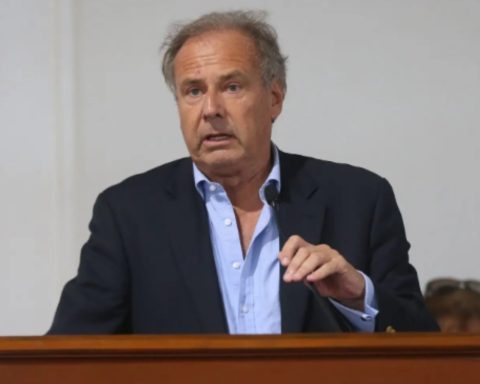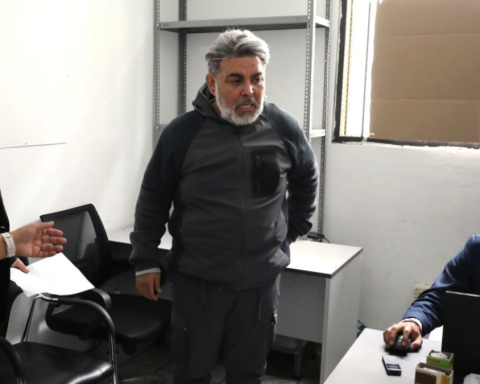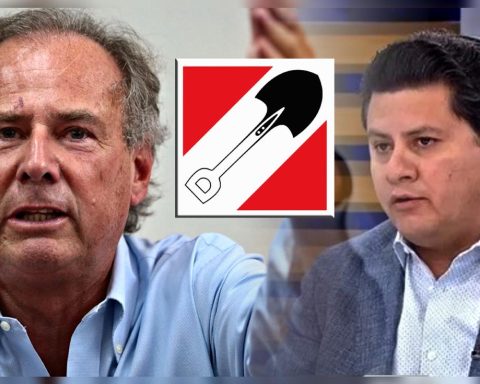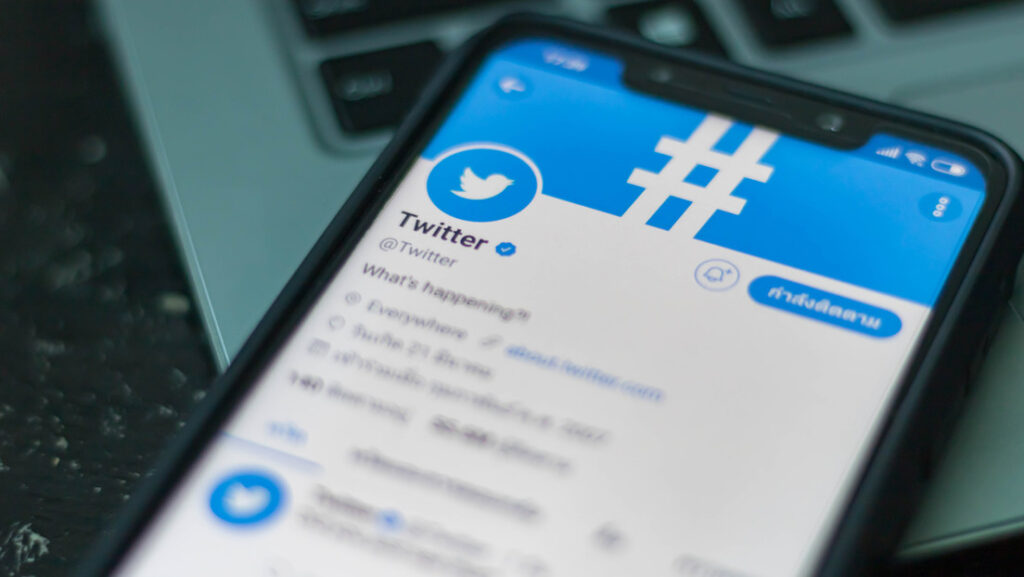The employers of USA reduced their hiring in August due to the increase in interest rates, the high inflation and slow consumer spending, all of which have weakened the outlook for the economy.
The government reported Friday that the economy added 315,000 jobs last month, down from 526,000 in July and below the average increase of the previous three months. The jobless rate rose to 3.7%, from a half-century low of 3.5% in July, as more Americans came out of the bank to look for work and didn’t immediately find it.
The Fed is likely to welcome the smaller August gain. The Federal Reserve is rapidly raising interest rates to try to cool off hiring and wage growth, which have been consistently strong. Companies often pass the cost of higher wages on to their customers through higher prices, which fuels inflation.
LOOK: Leonardo DiCaprio: Meet the girlfriends the actor has had
Fed officials hope that by raising borrowing costs across the economy, they can bring inflation down from a nearly 40-year high. However, some economists fear the Fed is tightening credit so aggressively that it will eventually push the economy into a recession.
Job openings remain high and the pace of layoffs is low, indicating that most companies still want to hire and that the economy is unlikely to be in or even close to a recession. The economy’s broadest measure of output, gross domestic product, has shrunk for two consecutive quarters, meeting an informal definition of a recession.
Most economists, however, do not believe a recession has started until the unemployment rate has risen steadily. Still, concerns about a coming recession have risen after Fed Chairman Jerome Powell, in a high-profile speech last week, made it clear that to curb inflation, the Fed was prepared to keep raising rates. short-term interest rates for the foreseeable future and to keep them high. Powell warned that the Fed’s fight against inflation would likely cause Americans pain in the form of a weaker economy and job losses.
The Fed chairman also said the labor market is “clearly out of balance,” with demand for workers “substantially outstripping” available supply. Friday’s employment figures and a report earlier this week that the number of vacancies rose in July after three months of declines, suggested that the Fed’s rate hikes have so far failed to restore that balance. There are approximately two job openings advertised for every unemployed worker.
The central bank raised its short-term rate to a range of 2.25% to 2.5% this year, following the fastest series of increases since it began using its short-term rate to influence the economy in the early 1990s. 1990. It has projected that its key rate will reach a range of 3.25% to 3.5% by the end of the year. Those rate hikes have made borrowing and spending increasingly expensive for individuals and businesses. The housing market, in particular, has been weakened by higher loan rates.
The jobs numbers are helping fill in the economic backdrop as this fall’s midterm elections heat up. Republicans have pointed to high inflation to try to crush Democrats in midterm campaigns. The Biden administration has backed off and taken credit for a solid pace of job growth.
Wages are rising at their fastest pace in decades as employers scramble to fill jobs at a time when fewer Americans are working or looking for work after the pandemic. Average hourly wages increased 5.2% in July from a year earlier. Still, that was down from the 5.6% year over year in March, which was the largest annual increase in 15 years of records outside of spring 2020, when the pandemic hit.
Some skeptics warn that the Fed may be focusing too much on the strength of the labor market when other indicators indicate that the economy is weakening markedly. Consumer spending, for example, and manufacturing have slowed. As a result, the central bank could raise rates too high, to the point where it triggers a deeper recession than might be necessary to conquer inflation.
The economic outlook is highly uncertain, with the healthy pace of hiring and low unemployment at odds with the government’s estimate that the economy shrank in the first six months of this year, which is an informal definition of a recession.
However, a related measure of the economy’s growth, which focuses on income, shows that it is still expanding, albeit at a slow pace.
So far, the Fed’s rate hikes have severely affected the housing market. With the average rate on a 30-year mortgage reaching 5.66% last week, double the level of a year ago, existing home sales have fallen for six straight months.
Consumers have moderated their spending in the face of much higher prices, although they spent more in July even after adjusting for inflation. But business investment in new equipment has slowed, signaling an increasingly cautious outlook on the economy.

















